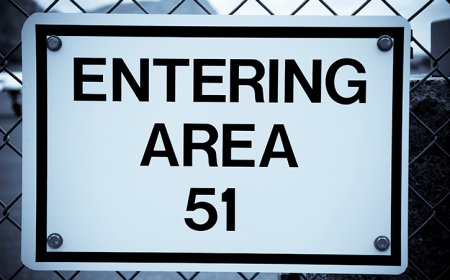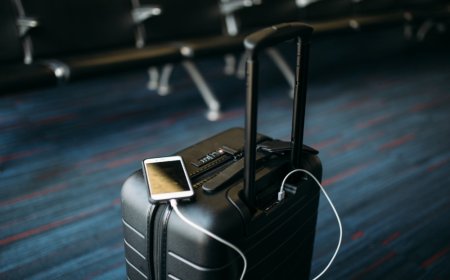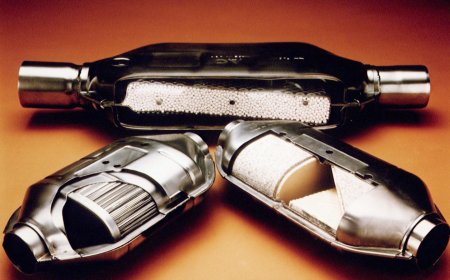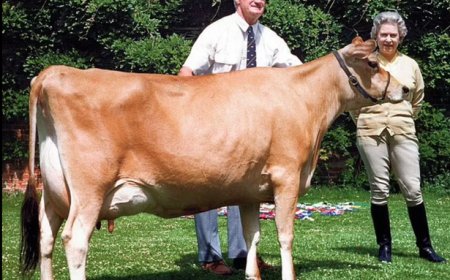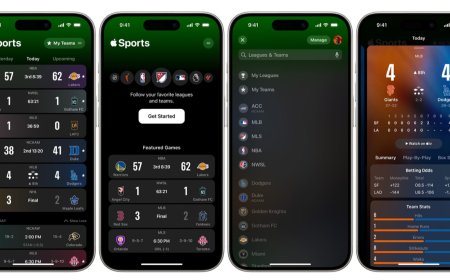How to Make Clear Ice: A Step-by-Step Guide
Learn how to make crystal-clear ice for your cocktails with these easy tips and methods. Discover the best materials and techniques to achieve professional results at home

How to Make Clear Ice: A Step-by-Step Guide
Are you tired of cloudy ice ruining the aesthetic of your drinks? Whether you're a professional bartender or just want to impress your guests with crystal-clear ice, this guide will teach you everything you need to know to make clear ice at home. From the science behind cloudiness to the different methods of making clear ice, we've got you covered.
Introduction
Ice is an essential ingredient in many cocktails and beverages. However, the appearance of cloudy ice can ruin the presentation of even the most sophisticated drinks. In this article, we will explain why ice becomes cloudy and how to make clear ice at home.
Why is Ice Cloudy?
Cloudy ice is a result of impurities in the water. When water is frozen quickly, these impurities are trapped inside the ice, resulting in a cloudy appearance. Additionally, when ice is made in a home freezer, the temperature is not cold enough to freeze the water uniformly, causing the ice to freeze in layers, resulting in trapped air bubbles and an opaque appearance.
The Science of Clear Ice
Clear ice is made by freezing water slowly and uniformly, allowing impurities and air bubbles to be pushed out of the ice as it freezes. When water is frozen slowly, it freezes from the top down, pushing impurities and air bubbles down into the unfrozen water. As a result, the top layer of the ice is crystal clear and free of impurities and air bubbles.
Methods for Making Clear Ice
Boiling Water
Boiling water is a simple and effective way to remove impurities from water, resulting in clear ice. Follow these steps to make clear ice with boiling water:
- Boil water and let it cool to room temperature.
- Boil the water again and let it cool to room temperature.
- Pour the water into a clean container, leaving behind any sediment that may have settled on the bottom.
- Place the container in a well-insulated cooler and let it freeze slowly.
- Once the water is frozen, remove the container from the cooler and let it sit at room temperature for a few minutes to loosen the ice.
- Remove the clear ice from the container and store it in an airtight container in the freezer until ready to use.
Directional Freezing
Directional freezing involves freezing water in a specific direction, allowing impurities and air bubbles to be pushed to one end of the container. Follow these steps to make clear ice using the directional freezing method:
- Fill a clean container with water, leaving some space at the top for the water to expand as it freezes.
- Place the container in a well-insulated cooler.
- Place the cooler in the freezer and let it freeze for a few hours until a layer of ice has formed on the top of the water.
- Using a knife or other sharp object, make a small hole in the ice at one end of the container.
- Tilt the container so that the water flows towards the hole and let it freeze for a few more hours.
- Once the water is frozen, remove the container from the cooler and let it sit at room temperature for a few minutes to loosen the ice.
- Remove the clear ice from the container and store it in an airtight container in the freezer until ready to use.
Ice Ball Makers
Ice ball makers are specialized molds that create large, crystal-clear ice spheres. These molds work by freezing water from the outside in, allowing impurities and air bubbles to be pushed to the center of the sphere. Follow these steps to make clear ice using an ice ball maker:
- Fill the mold with water, leaving some space at the top for the water to expand as it freezes.
- Place the mold in a well-insulated cooler and let it freeze slowly. 3. Once the water is frozen, remove the mold from the cooler and let it sit at room temperature for a few minutes to loosen the ice.
- Remove the clear ice sphere from the mold and store it in an airtight container in the freezer until ready to use.
Video Credit Tipsy Bartender
Tips for Making Clear Ice
- Use distilled or purified water to avoid impurities in your ice.
- Use a well-insulated cooler or container to ensure slow and even freezing.
- Avoid using tap water, as it contains minerals and impurities that can affect the clarity of your ice.
- Consider using a directional freezing method to separate impurities and air bubbles from the clear ice.
- Use a large container to freeze the water in, as this allows more time for impurities to settle to the bottom.
- Use a sharp knife or ice pick to remove any cloudy or impure sections from the ice.
Conclusion
Making clear ice is a simple process that can greatly enhance the appearance of your drinks. By following the tips and methods outlined in this article, you can easily create crystal-clear ice at home. Impress your guests and elevate your cocktail game with clear ice!
FAQs
- Can I use tap water to make clear ice?
- It is not recommended to use tap water, as it contains minerals and impurities that can affect the clarity of the ice. It is best to use distilled or purified water.
- Can I use the boiling water method with a plastic container?
- No, boiling water can cause plastic containers to melt or release harmful chemicals into the water. It is best to use a glass or metal container.
- Can I make clear ice without a well-insulated cooler?
- While a well-insulated cooler helps to ensure slow and even freezing, you can also use a large container and wrap it in towels or blankets to insulate it.
- Can I make clear ice without a directional freezing method?
- Yes, you can still make clear ice without using a directional freezing method, but it may not be as clear as ice made with this method.
- Can I make clear ice in any shape other than spheres?
- Yes, you can use any shape of mold or container to make clear ice, but it is important to ensure slow and even freezing to achieve the best results.
What's Your Reaction?












